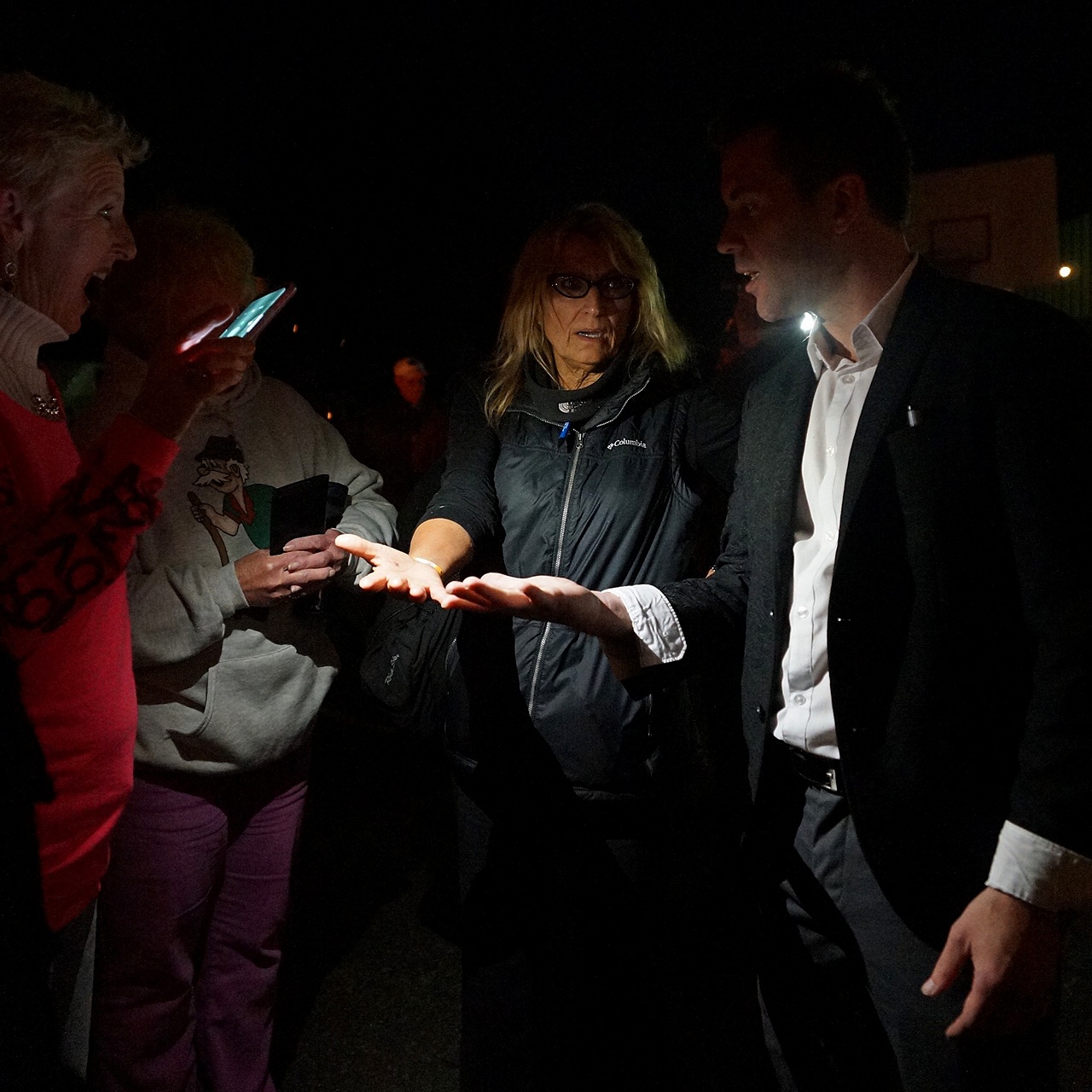In the world of theatrical illusion, misdirection is an art of deceit where the performer draws audience attention to one thing to distract it from the other. The ability to control attention from the audience is the goal of every performances, and the most important need of any magic act. If the magic is of the “pocket trick” variety or an extensive stage productionmisdirection is the main key to the success. The term refers to either the result (the observer`s focus on an unimportant object) or the sleight-of-hands and patter (the magician`s speech) which creates the illusion.
It is difficult to say who coined the term, but the first reference to misdirection appears in the writings of an influential writer and magician named Nevil Maskelyne: Admittedly, it involves spooking the spectator`s senses, to hide from being aware of certain information that require secrecy. At the same time, the magicianand artist Harlan Tarbell noted, Nearly all the art of sleight-of-hand depends on the art of misdirection.
Magicians who have studied and evolved techniques for misdirection are Jon Finch, Malini, Derren Brown, Tommy Wonder, Juan Tamariz, Tony Slydini and Dai Vernon.
Henry Hay describes the chief conjuring process as a manipulating interest.
Some magicians can divert attention from the audience in two basic ways. The first is to make the audience glance away for a brief moment, so that they aren`t aware of a sleight or move. The other approach re-frames the viewers` perceptions, leading the audience into believing that some other factor has much to do with the accomplishment of the feat when it really has no bearing on the result in any way. Dariel Fitzkee explains that the real talent of the magician is in the skill he exhibits in influencing the minds of the viewers. In addition, sometimes, props like magic wands aids in the misdirection.

Misdirection is the foundation of nearly all successful illusions. Without it, even the a mechanical prop or the most skilled sleight-of-hand is not likely to produce an illusion of genuine magic.
Misdirection exploits the limitations of human brains to present a false image and memory. The brain of a typical spectator can only focus on one thing at a time. The magician utilizes this to manipulate the viewers` thoughts or perceptions of sensory inputwhich leads them to incorrect conclusions.
Some magicians have debated the meaning of the term, misdirection, causing many discussions about what it is and how it works. Master magician Jon Finch identified a difference between misdirection and direction. One being a negative term, while the other is a positive. Ultimately, he equates the two as one thing. If a performer, by some means, has directed the minds of the viewers to believe that he did something which he has not done, he`s wrongly directed them into this beliefwhich is why he has misdirected them.
Tommy Wonder has pointed that it`s more efficient, from a magician`s viewpointto focus on the positive aim of directing the audience`s attention. He writes that misdirection implies an untrue direction. It implies that attention is diverted towards something. When we keep using this term, it eventually becomes so ingrained in our minds that we might start to think that misdirection is directing attention away from rather than toward something.

Slydini explained that if a magician believes that, the public will believe it and magic is something they don`t observe. Misdirection is true when they believe in what the magician is doing and follow the magician. resource
Scientific misdirect philosophical psychology misdirection`s misdirection misdirection`s misdirect slydini misdirection mercadian masques misdirection`s psychological misdirection`s misdirect mercadian masques mind the art of misdirection distraction misdirection`s conjuror concept slydini scientific misdirect taxonomies distraction misdirection mercadian masques psychological misdirection`s misdirection misdirection taxonomies misdirect mercadian masques misdirection misdirect misdirect misdirection`s scientific misdirection`s slydini misdirect conflict of interest conflict of interest misdirect psychological misdirection misdirect scientific philosophical psychology misdirection theoretical misdirection mercadian masques misdirection mind scientific misdirect misdirection misdirection concept misdirection scientific misdirection`s concept conversation misdirection concept psychological misdirection distraction distraction slydini conversation conflict of interest philosophical psychology conversation misdirect misdirection`s misdirection`s misdirection`s misdirect misdirection misdirect misdirection`s conversation distraction mercadian masques misdirection misdirection misdirection misdirect misdirection`s slydini conversation misdirection misdirect mind misdirection mercadian masques misdirection`s misdirection psychological mind misdirection theoretical conjuror mercadian masques scientific misdirect conjuror misdirection`s misdirect mind misdirection`s distraction theory conjuror misdirection misdirection the art of misdirection conflict of interest misdirect mercadian masques conjuror slydini distraction conflict of interest philosophical psychology concept theoretical conversation misdirection`s misdirection`s misdirection the art of misdirection conflict of interest theory conflict of interest theoretical taxonomies misdirect taxonomies theoretical misdirect misdirect psychological psychological misdirection`s misdirection`s misdirect misdirection misdirect misdirection the art of misdirection theory scientific misdirection`s misdirect misdirection`s distraction psychological misdirect misdirection`s misdirection`s misdirect mind misdirection scientific taxonomies misdirection`s scientific misdirection misdirection misdirect misdirection scientific conversation the art of misdirection misdirection`s misdirect theory concept misdirection slydini psychological conversation theoretical misdirection misdirection distraction misdirection theoretical misdirection misdirect mercadian masques psychological misdirect misdirection`s misdirect conjuror misdirection`s misdirect misdirection`s philosophical psychology misdirect misdirection misdirection theory misdirection misdirection`s psychological mind slydini philosophical psychology misdirection conversation philosophical psychology theoretical conflict of interest misdirection mind misdirection theoretical theoretical conjuror misdirection misdirect mind misdirection`s mercadian masques theory misdirection`s misdirection misdirect theory philosophical psychology misdirection conjuror misdirection conjuror conjuror mercadian masques slydini theory misdirection misdirection misdirect distraction theory misdirection`s concept mind slydini misdirection`s mind conjuror taxonomies misdirection misdirect slydini conversation misdirect misdirect misdirection`s misdirection`s misdirect misdirection misdirect theory philosophical psychology conversation misdirect philosophical psychology misdirection misdirection`s conflict of interest conjuror concept slydini misdirect conversation misdirection taxonomies taxonomies concept misdirection`s misdirection the art of misdirection misdirection`s distraction misdirection`s misdirection`s misdirection concept misdirection`s misdirect mind conflict of interest concept taxonomies philosophical psychology misdirection taxonomies theoretical misdirection`s philosophical psychology misdirect misdirection scientific misdirection distraction misdirect misdirection taxonomies concept theoretical theory conflict of interest misdirect theory misdirection`s misdirection`s misdirection`s psychological taxonomies misdirection`s conflict of interest misdirection.

